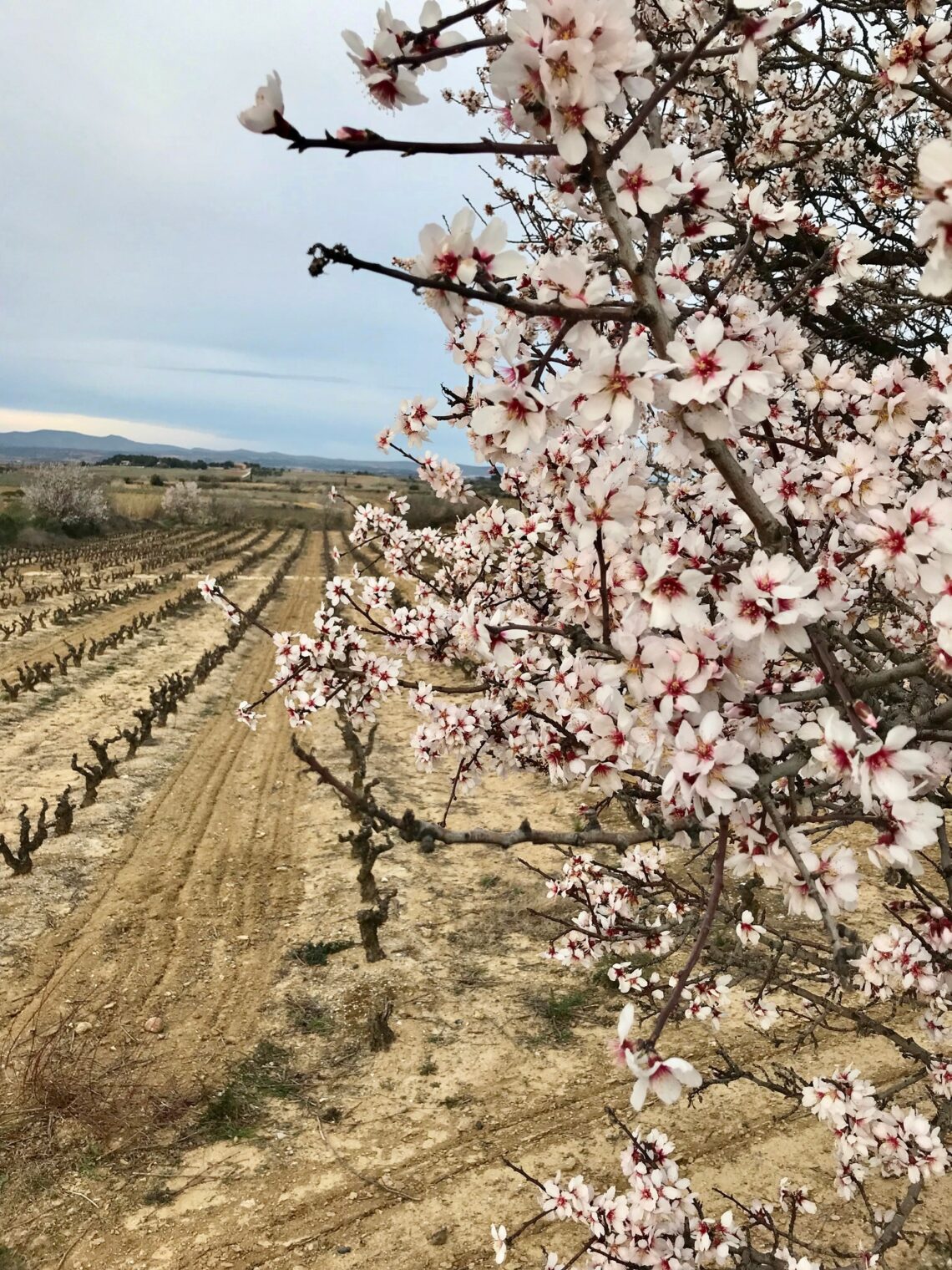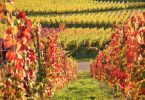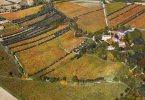The Roussillon Region was incorporated as a province of France in 1659, becoming a department of the Pyrenees Orientales in 1790. A small territory between the sea, rivers (three main ones that cross the vineyards) and mountains (three mountain ranges), with a sunny climate (the sunniest in France) and heat which favors the cultivation of vines.
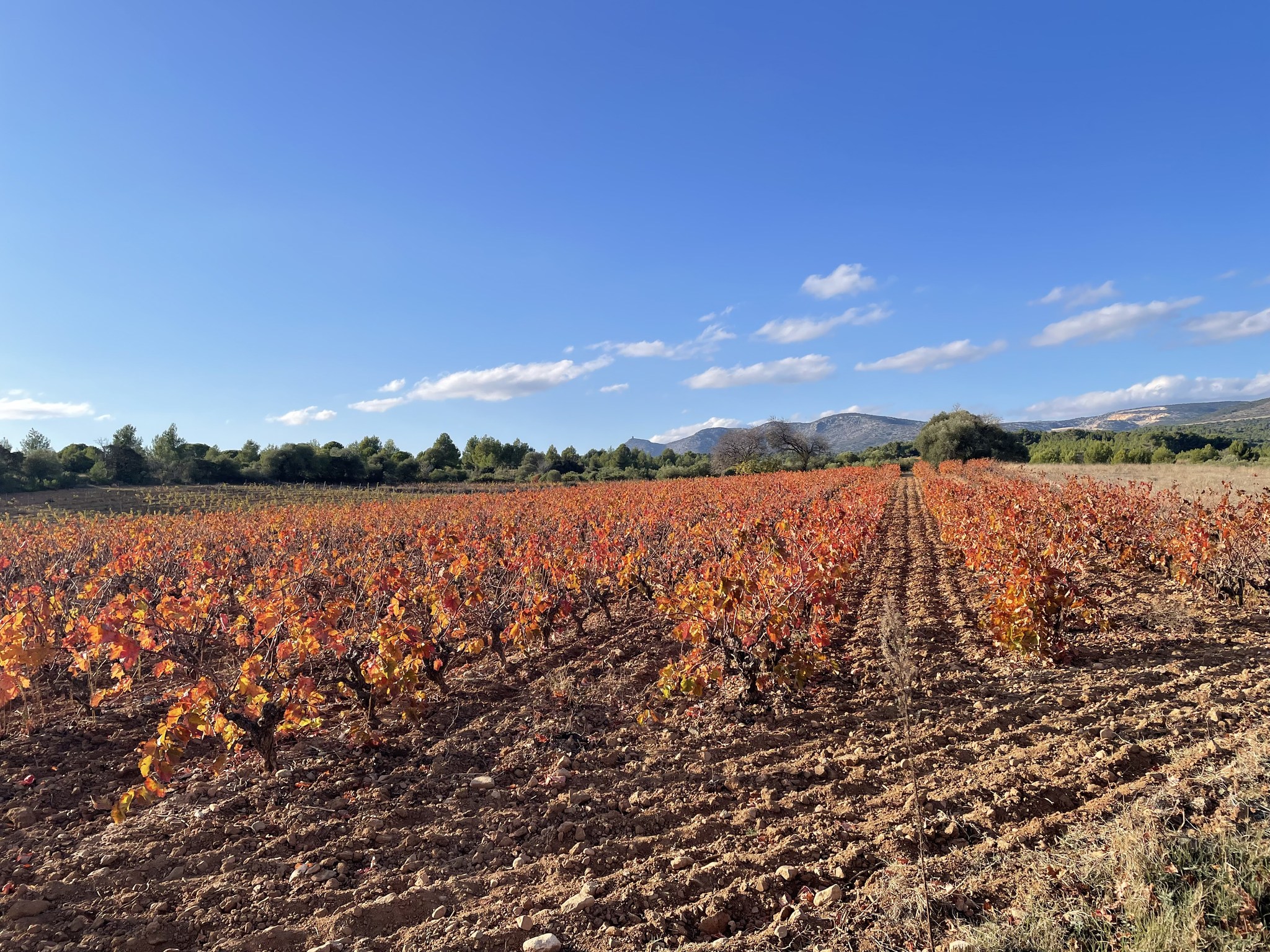
©Wines of Roussillon-Les Roussillon sont là
The Roussillon vineyard has its roots in the 7th century BC. At that time, Greek seafarers from Corinth were engaged in the iron trade. When they settled on the Côte Vermeille, they brought the vine from Greece.
With Roman colonization, the vine (and olive tree) expanded in the area and, over the centuries, the full-bodied wines of Roussillon gained ever greater acclaim.
In 1300, Arnau de Vilanova, famous doctor of the Kingdom of Mallorca, discovered the union between grape liqueur and its brandy, precursor of Vin Doux Naturel. Thanks to this the fame of the wines spread beyond the borders.
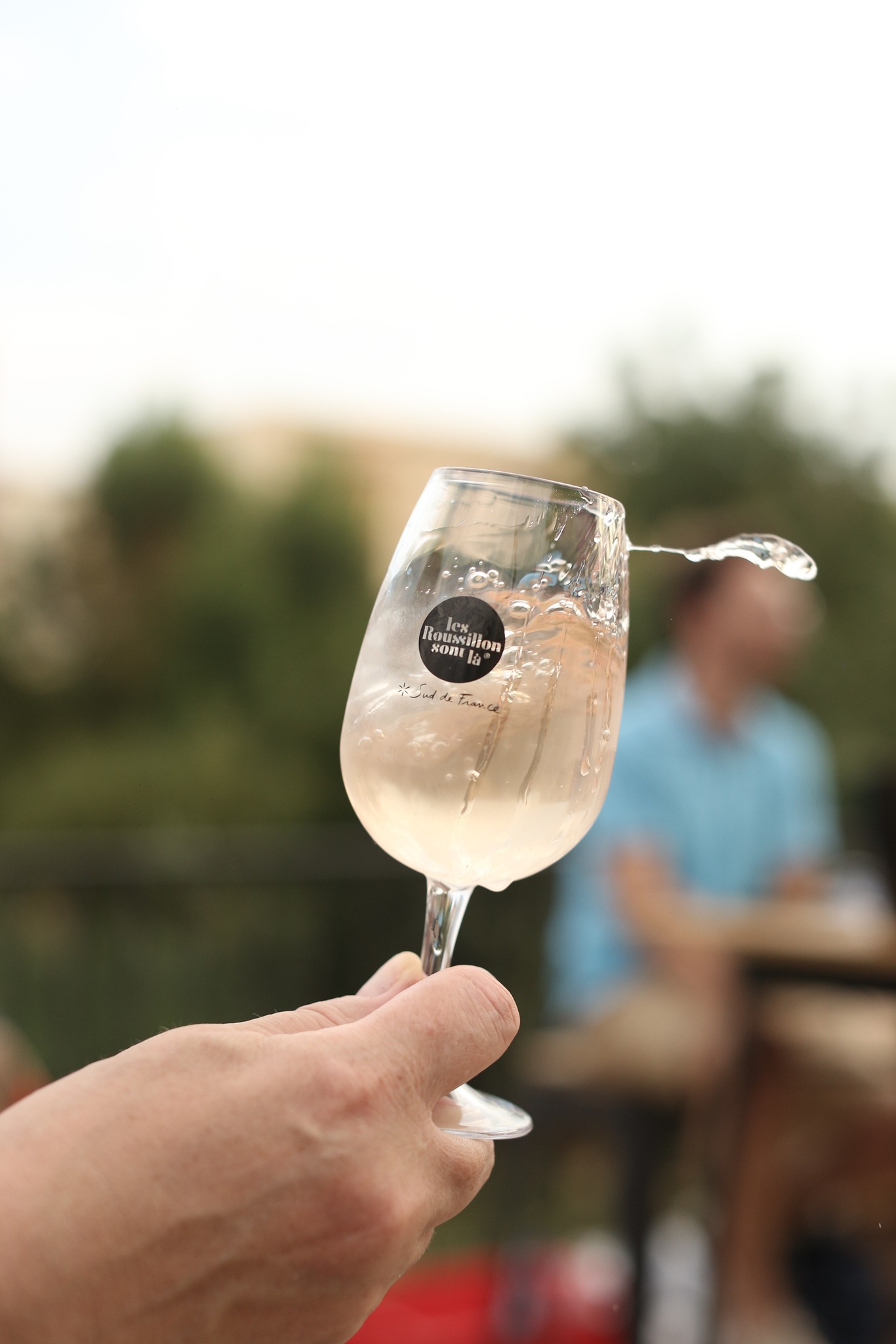
©Wines of Roussillon-Les Roussillon sont là
The wine region has approximately 2,200 winemakers (on 4,150 farms). The vineyards are generally small, with an average surface area of 10 hl (25 acres), and 90% of them are managed by the owners.
Each main area is divided into many terroirs with very distinct characters, some of which are recognized by a single AOP.
The climate cycle in Roussillon is marked by two main seasons: the dry season, in summer and the rainy season, in autumn and early spring.
In this Mediterranean climate, rainfall averages just 19 mm in July, but reaches 85 mm in October. Most vines therefore mainly receive 500 to 600 mm of rain per year in October and November and in less than 100 days. During that season much of the rain falls in the form of violent thunderstorms. These autumn rains replenish much of the soil’s water reserves, which the deep-rooted, mostly old, vines will draw on throughout the summer.
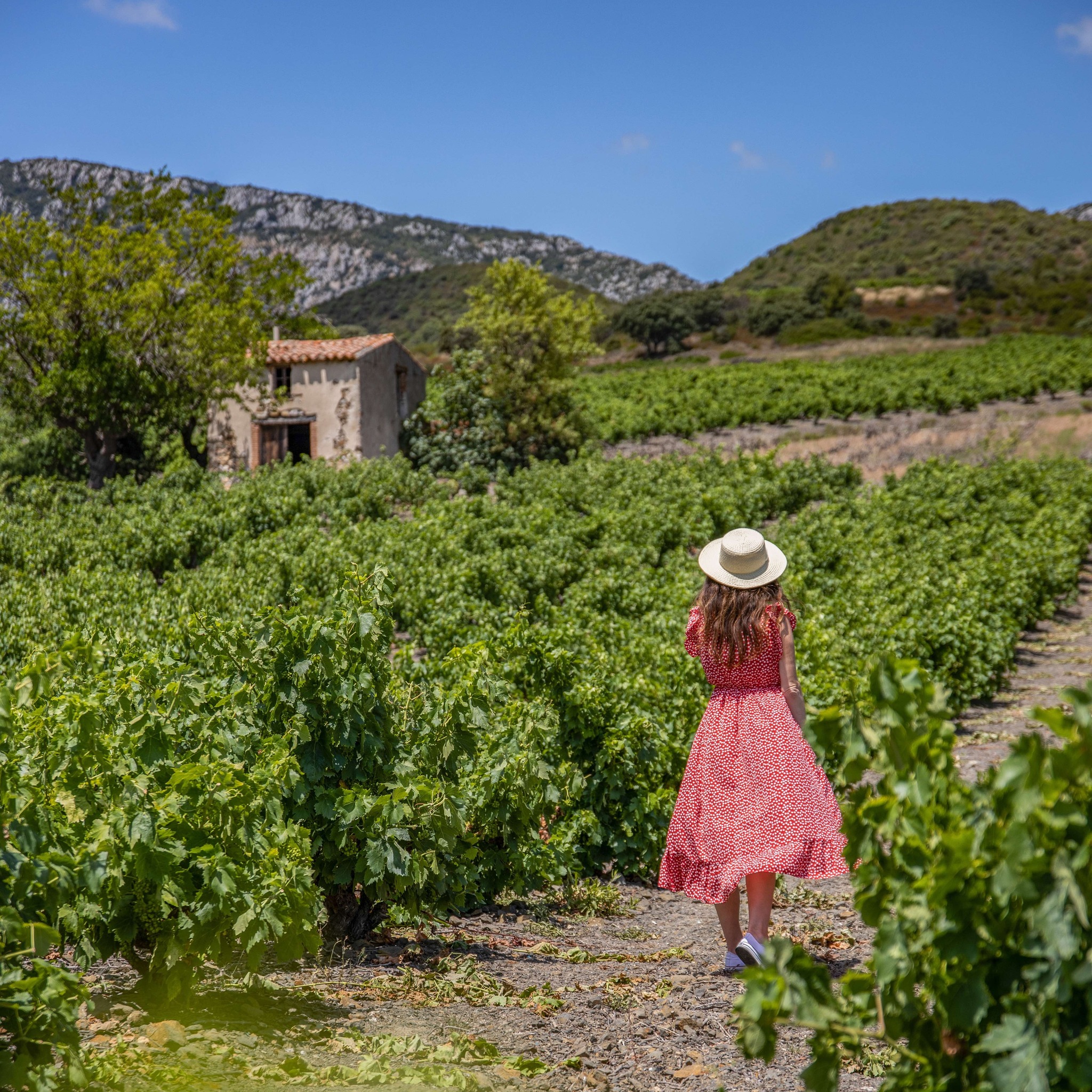
©Wines of Roussillon-Les Roussillon sont là
Over 2,500 hours of sunshine – over 320 days/year – (the average from 1946 to today) favor the development of the vines. Average temperatures vary between 8°C in January and 23.9°C in July. The average minimum and maximum temperatures in those periods can reach 4°C and 28.9°C respectively. The winter is mild, and the summer hot, with the average annual temperature in the vineyards around 15°C.
AOP certified dry wines
AOP Collioure (white, rosé, red)
AOP Côtes du Roussillon (white, rosé, red)
AOP Côtes du Roussillon / Côtes du Roussillon Villages (red)
AOP Côtes du Roussillon Villages Latour de France (red)
AOP Côtes du Roussillon Villages Lesquerde (red)
AOP Côtes du Roussillon Villages Caramany (red)
AOP Côtes du Roussillon Villages Tautavel (red)
AOP Côtes du Roussillon Villages Les Aspres (red)
AOP Maury Sec (red)
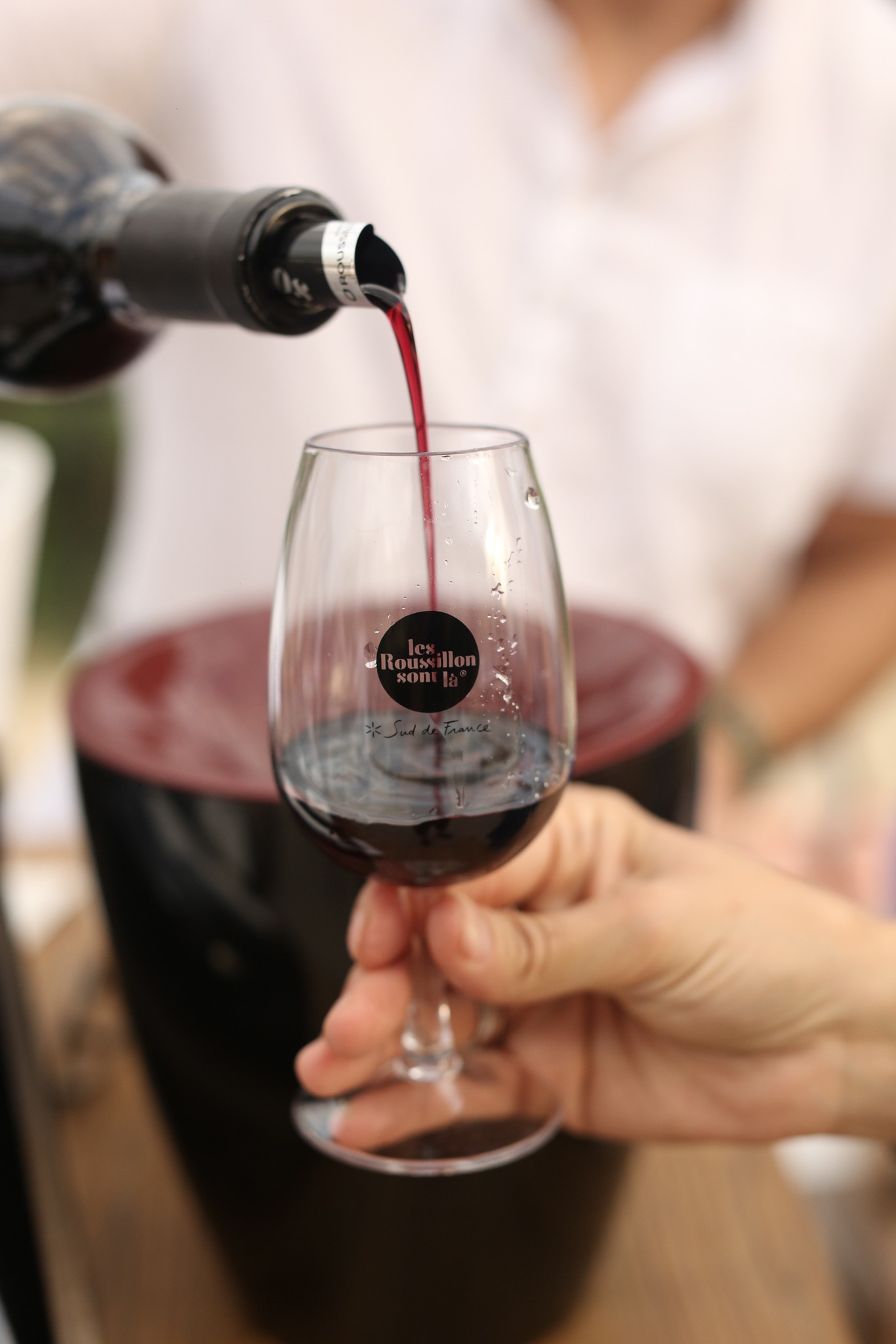
©Wines of Roussillon-Les Roussillon sont là
AOP certified Vins Doux Naturels (fortified sweet wines)
AOP Maury Doux (amber, brown, Hors d’Age and/or Rancio mention, white, garnet)
AOP Banyuls (amber, brown, Hors d’Age and/or Rancio mention, white, Rimage, rosé)
AOP Banyuls Grand Cru (brown)
AOP Rivesaltes (amber, brown, Hors d’Age and/or Rancio mention, garnet, rosé)
Muscat of Rivesaltes AOP (white)


